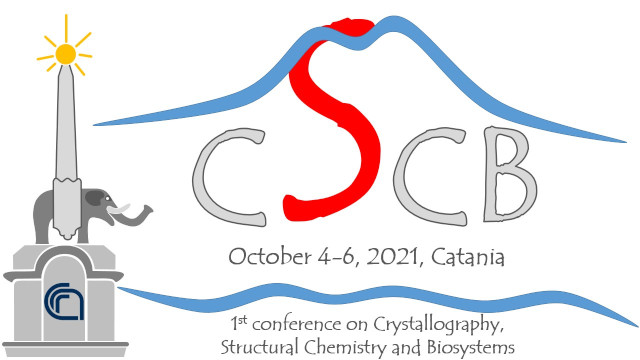Speaker
Description
The abnormal deposition of proteinaceous material is the central pathogenic event of Protein Conformational Diseases (PCDs), which include several incurable disorders such as Alzheimer’s Disease (AD) and Type II Diabetes Mellitus (T2DM). Neuronal damage in AD is closely connected with the presence of abnormal protein aggregates of amyloid-β (Aβ) peptide and protein tau in neurons. T2DM is characterized by the accumulation of the neuropancreatic hormone human islet amyloid polypeptide (hIAPP) in pancreatic islet cells, causing insulin resistance and β-cells loss. Silybins A and B are two natural diastereisomers extracted from Silybum marianum. Their antiaggregating ability has been already reported and we have studied the involved mechanism highlighting the role of stereochemistry.1 AD and T2DM share many pathogenic mechanisms and are interconnected: Aβ and hIAPP are present in some biological fluids at comparable concentrations, and mixed hIAPP and Aβ aggregates have been found in the brain of T2DM and AD patients.2 Moreover, recent epidemiological data have shown that patients suffering from T2DM have an increased risk to develop AD and vice versa.3 Their shared pathogenic mechanisms prompted us to group Aβ and hIAPP in a unique research project aimed at designing therapies suitable for both diseases. Here, we study the inhibitory effect of both silybins A and B in hIAPP amyloid growth, and their protective ability towards membrane damage amyloid-induced, focusing on the molecular mechanism of interaction between the ligands and the peptide. For that purpose, a multi-technique approach based on spectroscopic, biophysical and computational techniques (including ThT fluorescence assays, Dye-leakage of model membranes, Circular Dichroism and Molecular Dynamics) has demonstrated the potential of silybins, particularly silybin B, as anti-T2DM drugs.
References
1. Sciacca M.F.M et al., ACS Chem Neurosci. 2017, 8, 1767-1778.
2. Jackson, K. et al. Ann. Neurol., 2013, 74, 517–526.
3. Cheng, G. et al., Intern. Med. J. 2012, 42, 484–491.

